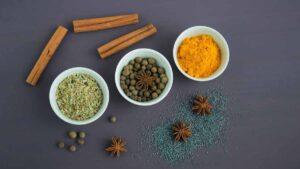Contemporary Oriental Medicine (COM) is a modern paradigm which incorporates the strengths of diverse traditional practice into a single workable model, characterized by an emphasis on diagnosis and lifestyle. COM exceeds state educational standards, enabling practitioners to collaborate effectively with Western Medicine professionals. More importantly, COM allows for delivery of highly effective and compassionate health care in the best tradition of Oriental Medicine.
The vast array of Oriental Medicine treatment modalities available today can be confusing to those students who must choose a path of study. To address this complexity, COM strives to integrate the best features of Traditional Chinese Medicine (TCM), the Five-Element Model, and other diverse traditions, providing practitioners with a solid foundation for their practice.
Building Bridges
Effective communication and collaboration with practitioners of Western Medicine is the goal of those committed to COM. The two medicines are complementary, in that each brings important benefits to the patient. Ultimately, proponents of COM envision its place as an equal partner with Western Medicine, enhancing and broadening the delivery of health care with a new paradigm for diagnosis and treatment.
Evolution
The practice of Oriental Medicine is over 5000 years old. Considering the changes in disease patterns and stresses in the world today, COM strives to modernize diagnosis and treatment to achieve optimum usefulness to both practitioner and patient.
While maintaining the essential richness of the ancient writings, COM encourages examination of both traditional and contemporary literature, with the intention of verifying or updating theses which may have been accepted for centuries.
Diagnosis
The keystone of COM is a strong emphasis on diagnosis, and especially pulse diagnosis (neglected in the TCM version of the medicine). There can be no truly lasting, effective treatment without a good sound diagnosis. Contemporary Chinese Pulse Diagnosis® (CCPD) is a modern version of the ancient art. It is an exquisitely sensitive scheme, capable of assessing the process of disease close to its inception. Therefore, CCPD is able to provide a truly preventive medicine.


